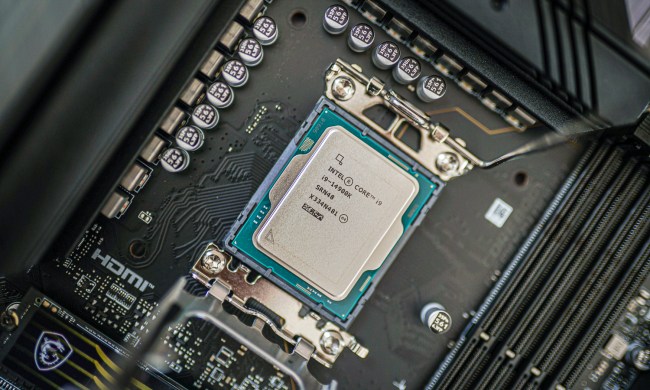The majority of polar bears could disappear by the year 2100 if the world continues emitting greenhouse gases at the current rate, according to an alarming study released Monday.
The new study in Nature Climate Change projects that polar bear populations will suffer declines in reproduction by 2040 if emissions continue unabated. With some mitigation in greenhouse gas release, that date could be pushed back to 2080.
There are 19 subpopulations of polar bears, with fewer than 26,000 of the animals left. While they’re currently found in Canada, Greenland, the U.S., Russia, and Norway, the study’s authors say by 2100, they may only survive on Canada’s Queen Elizabeth Islands.
Polar bears rely on sea ice to hunt for their prey, including seals. When the bears can’t eat enough during the winter and their summer fasts stretch longer and longer, their reproductive rates suffer. In Canada, Hudson Bay’s polar bear population has dropped by about 30% since 1987.
“With something like polar bears, where you’re not going to get their habitat back, it’s not clear we’re going to try to hold on to these populations everywhere,” Andrew Derocher, a biology professor at the University of Alberta, told The Guardian.
Researchers used information about how long the bears can fast before reproduction and cubs’ survival is threatened and combined it with projections about future sea-ice disappearance to reach the predictions.
As polar bears struggle to find food in their current environments, we could see more instances of the animals scavenging for scraps in towns.
That includes areas around Hudson Bay, where the polar bear populations are likely to have reproductive troubles by 2040, according to the study. That’s a danger to both humans and bears.

